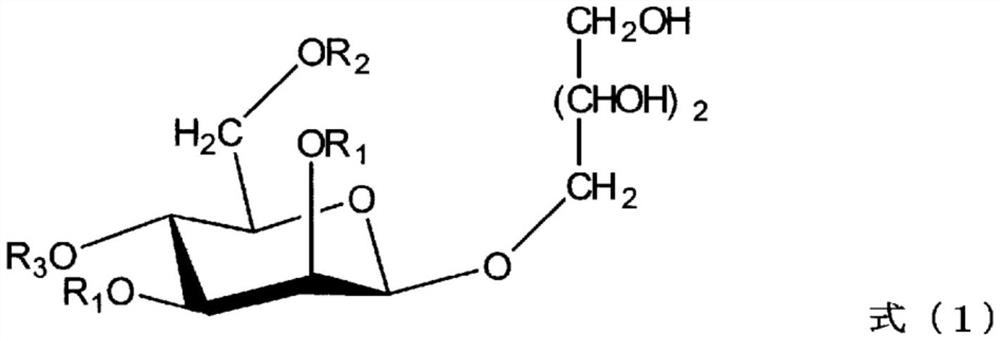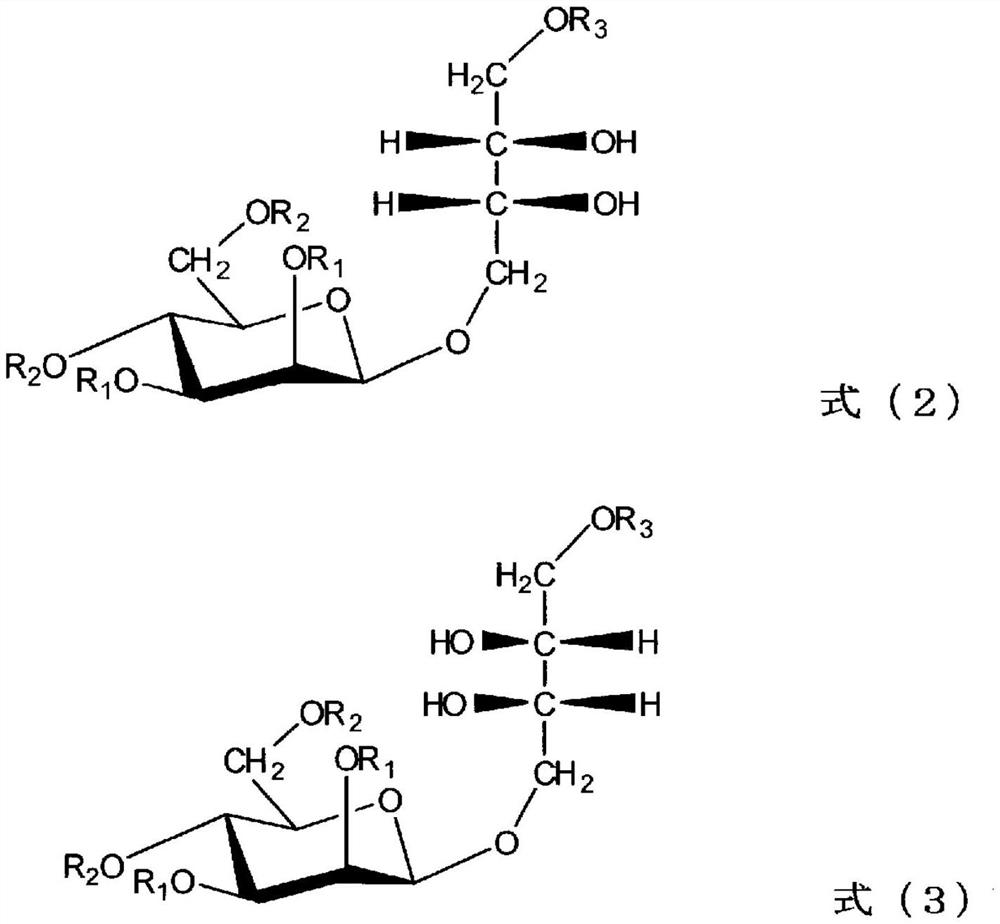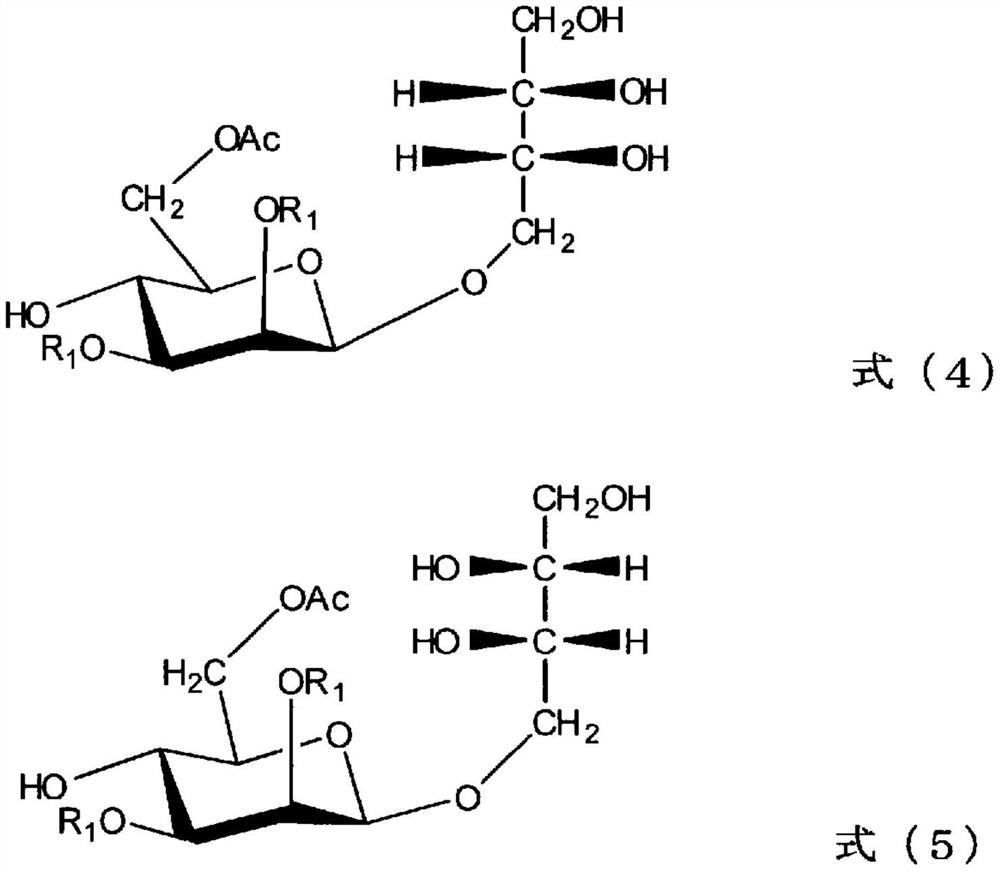Synthetic fiber, fiber treatment agent, and use thereof
A fiber treatment agent, synthetic fiber technology, applied in fiber treatment, fiber type, application, etc., can solve the problem of low hydrophilicity
- Summary
- Abstract
- Description
- Claims
- Application Information
AI Technical Summary
Problems solved by technology
Method used
Image
Examples
Embodiment 1
[0121] High-density polyethylene (commercial product) with a melting point of 130°C before spinning, a melt flow rate of 20 g / 10 minutes measured at a temperature of 190°C and a mass of 2.16 kgf in accordance with JIS K6922-1, and a density of 0.952 was used. name: Nipolon Hard OS02H, manufactured by Tosoh Corporation), and polyethylene terephthalate (trade name: HY-01, Hengyi (HENGYI)), spin out polyethylene terephthalate resin and polyethylene terephthalate resin from the spinning nozzle of the discharge hole with a diameter of φ0.35 according to the mass ratio as the core component: sheath component = 60 / 40 The vinyl resin was melt-spun at a drawing speed of 1200 m / min to obtain a core-sheath type composite undrawn yarn with a fineness of 5.4 dtex.
[0122] Next, this undrawn yarn was subjected to a wet drawing treatment at a drawing temperature of 80° C. and a draw ratio of 2.67 times to form a drawn yarn. The two components were mixed at the mixing ratio shown in the col...
Embodiment 2~7
[0124] (Examples 2-7, Comparative Examples 1-6, Reference Examples 1-3)
[0125] As the fiber treatment agent, those prepared by mixing the components at the ratios described in the columns of Examples 2 to 7, Comparative Examples 1 to 6 and Reference Examples 1 to 3 shown in Table 1 were used. Fibers were obtained by the same steps as those used in Example 1 to make thermally bonded non-woven fabrics, and the adhesion of the treatment agent to the surface of the fibers was obtained by the aforementioned method. The results are described in Table 1. It should be noted that, in Examples 6 and 7, the oil agent containing 25% by mass of polyglycerin was used as the polyglycerol of b-3 to prepare the fiber treatment agent, but the ratio and adhesion of the component (b) in Table 1 Quantities are reported based on the amount of polyglycerin, not oil.
PUM
| Property | Measurement | Unit |
|---|---|---|
| Melting point | aaaaa | aaaaa |
| Intrinsic viscosity value | aaaaa | aaaaa |
| Length | aaaaa | aaaaa |
Abstract
Description
Claims
Application Information
 Login to View More
Login to View More - R&D
- Intellectual Property
- Life Sciences
- Materials
- Tech Scout
- Unparalleled Data Quality
- Higher Quality Content
- 60% Fewer Hallucinations
Browse by: Latest US Patents, China's latest patents, Technical Efficacy Thesaurus, Application Domain, Technology Topic, Popular Technical Reports.
© 2025 PatSnap. All rights reserved.Legal|Privacy policy|Modern Slavery Act Transparency Statement|Sitemap|About US| Contact US: help@patsnap.com



